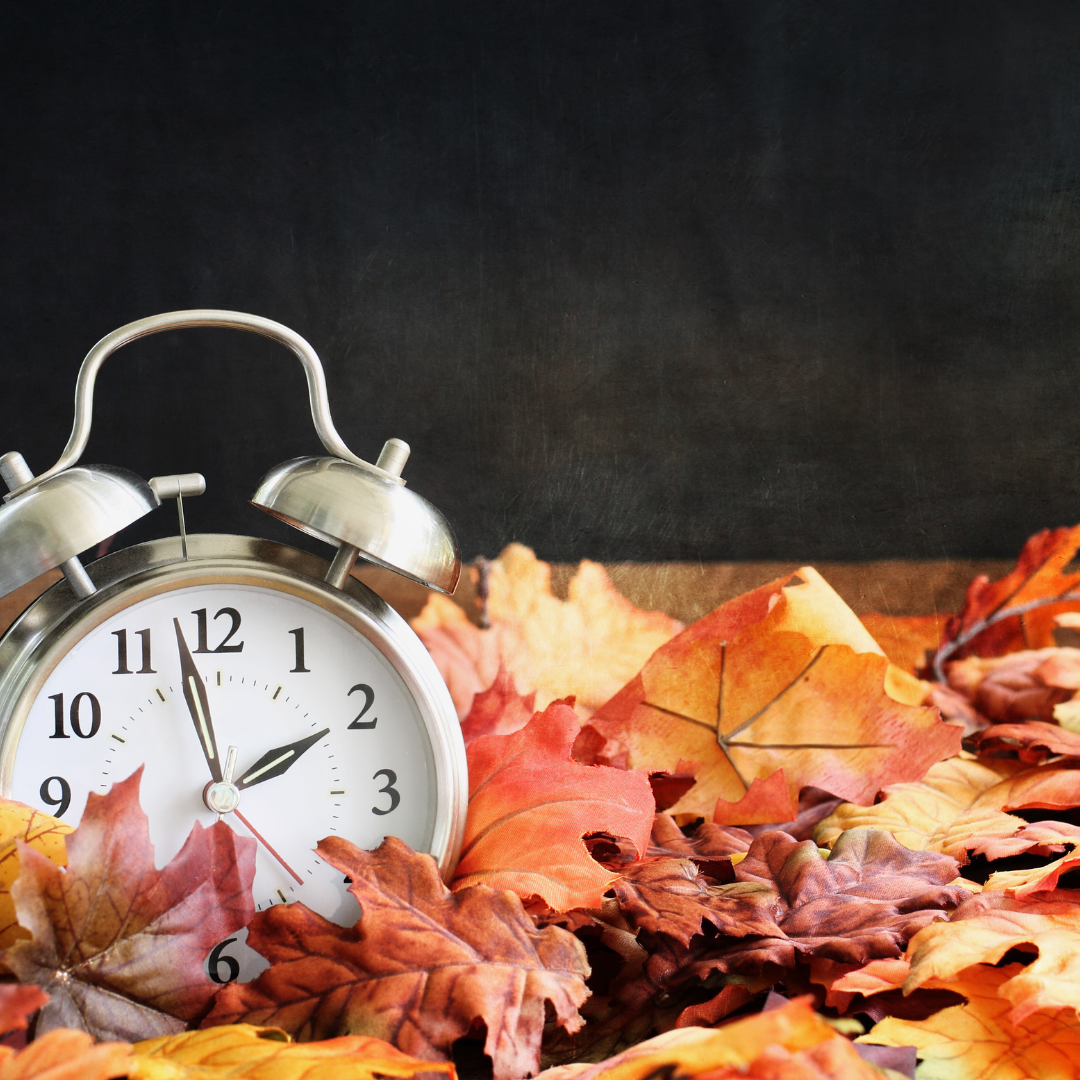What is Daylight Savings Time?
Daylight Saving Time (DST) is the yearly practice of setting clocks forward one hour between the months of March and November. The idea behind DST is to ‘save’ natural light, since spring, summer, and early fall days are typically get dark later in the evening compared to late fall and winter. Most of the US has officially observed DST since 1966. To start DST, we set our clocks forward one hour at 2 a.m. on the second Sunday in March, resulting in one less hour of sleep that night. Then, at 2 a.m. on the first Sunday in November, we set our clocks back one hour.
How does DST affect sleep?
Humans are guided by circadian rhythms, which are 24-hour cycles that regulate sleep and other key bodily functions such as appetite and mood. These rhythms are largely dependent on light exposure. The sudden changes in natural light with DST can delay your sleep-wake cycle, making you feel tired in the morning and alert in the evening, or vice versa. Changes to the circadian rhythm can contribute to sleep loss, as well as sleep debt.
How to avoid adverse impacts of DST
- Practice good sleep hygiene. Avoid heavy alcohol consumption, large meals and too much snacking before bed as they can all impact sleep quality.
- Establish a consistent sleep routine. Going to bed and waking up at the same time each day is a healthy practice that can also prepare you for time changes. With a Milton mattress, you can have a supportive, comfortable, and long-lasting place to lay down on at the end of each day.
- Gradually alter your bedtime. Two to three days before the DST transition, set your alarm for 15-20 minutes earlier than usual. Adjusting your wake-up time can help the body make a smoother transition when the time change occurs.
All information taken from the National Sleep Foundation.
























